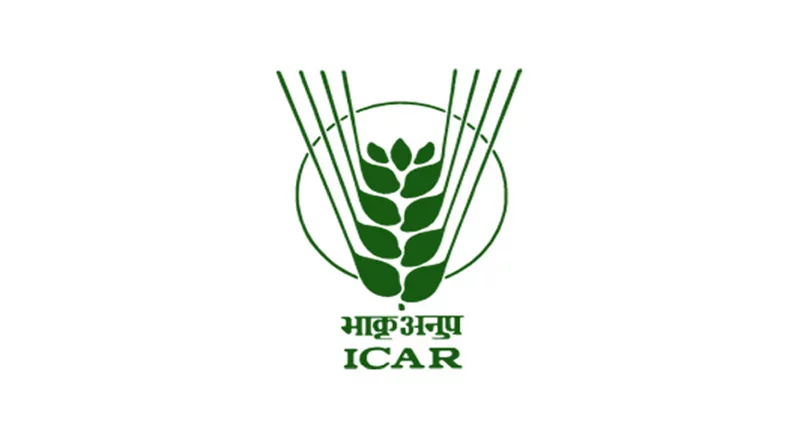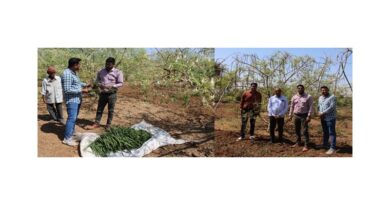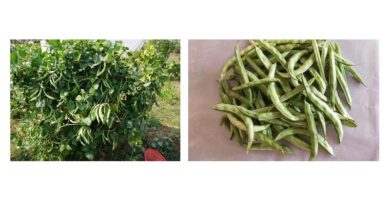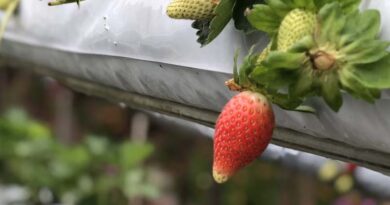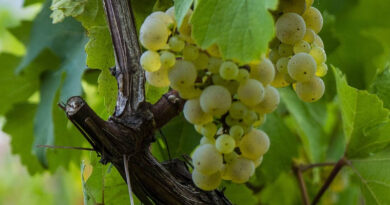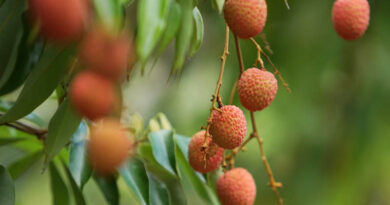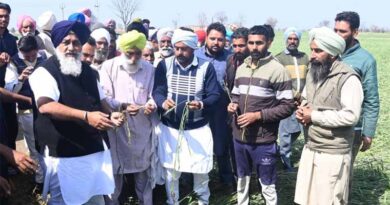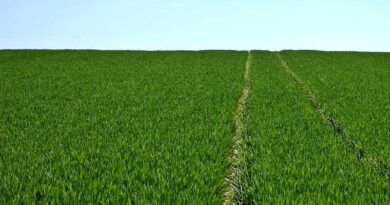Drumstick Varieties Thar Harsha and Thar Tejas: An Opportunity Towards Self-Sufficiency
27 March 2024, New Delhi: Drumstick (Moringa oleifera Lam) is a native plant used for medicinal purposes in Asian and South African countries for thousands of years. India is the main producer of Drumstick, with the southern state contributing significantly due to favorable climatic conditions. Different parts of the plant are used in folk medicines to treat conjunctivitis and as a poultice to remove intestinal worms. Fresh leaves are recommended for pregnant and lactating mothers to improve milk production. Drumstick is recognized as a preventative and treatment agent for various health conditions, including inflammation, infectious diseases, cardiovascular, gastrointestinal, and hepatorenal disorders.
The plant has health-promoting properties due to its bioactive compounds and potential applications in the circular economy and zero-waste policy. It can be used in various industries like paper, bio-water clarification, and bio-lubricant production. A 100g of fresh moringa leaves fulfills three times more the daily requirement of vitamins A and C in a woman and about half her daily requirement of calcium, and significant quantities of iron and protein. A child can obtain all necessary vitamins A and C from 20g of leaves, while a sufficient zinc intake is crucial for sperm cell growth and DNA and RNA synthesis.
The cultivation of Moringa encountered several production hurdles resulting in greater yield loss due to existing climatic conditions during pod developmental stages in the rest. Hence, it necessitates the high-yielding cultivar for drought-prone areas.
Drumstick varieties Thar Harsha and Thar Tejas were developed through single plant selection at ICAR- Central Horticultural Experiment Station, Godhra, Gujarat after evaluation under rainfed semi-arid conditions. Thar Harsha is an annual type having dense foliage with dark green leaves (54.5 cm long and 35.2cm width). The fruiting in Thar Harsha starts late (March to May) as compared to PKM-1 (February to March). Each plant produces about 314 pods in a year and its yield potential of 53-54.7t/ha. It has recorded comparatively higher antioxidant contents. The variety Thar Harsha recorded comparatively highest dry matter, protein, phosphorus potassium, calcium, sulfur, iron, manganese, zinc, and Cu in leaves and pods.
The plants of Thar Tejas grow up to 265-318 cm and spreads 261.5cm (East-West) and 287.2cm (North-South). It recorded 2.74 m plant height, 245 pods per plant, 218 g each pod weight, fruit length 45-48 cm, and 9-10 seeds per pod under rainfed semi-arid conditions. Fruits mature during January-March. It is a comparatively early flowering and early maturing comes to harvest during January-March. The leaves of Thar Tejas recorded higher antioxidant contents and activity viz. Ascorbic acid, total phenols, total flavonoids, DPPH, and FRAP as compared checks.
The Thar Harsha drumstick variety has significantly increased farmers’ nutritional security through commercial cultivation and kitchen garden cultivation in Gujarat, Madhya Pradesh, Rajasthan, Maharashtra, Punjab, Jharkhand, Andra Pradesh, Uttar Pradesh, and Karnataka, covering over 375 acres over the past eight years. Over 850 tribal farmers in Gujarat were provided with planting materials and seeds for kitchen gardening, promoting nutrition security. The Scientists demonstrated drumstick technology and trained the farmers on commercial cultivation of the Thar Harsha variety.
Progressive farmer Prem Kumar from Kajara, Pilani, Jhunjhunu has planted the crop commercially for organic production in July 2020 and harvested12.24 t/ha tender pods (2nd year onwards) with an average cost of cultivation of ₹ 125000/hectare (including seed, land preparation, organic manures, irrigation, intercultural operations, harvesting, etc.). The average sale price of tender pods ranges between Rs.25-35/kg with gross income in the range of Rs 306000/- to 428500/hectare/year. Similarly, the farmers cultivating this variety are getting more or less the same income in varied agro-climatic conditions in the country.
The initiative has sparked interest in organic drumstick cultivation among nearby farmers, highlighting its nutritional potential for resource-poor farmers. This crop is also suitable for green fodder and could be a potential candidate for organic/natural farming, ensuring self-sufficiency in nutritional security.
Also Read: IRRI-NARI agreement will revitalize Papua New Guinea’s rice industry
(For Latest Agriculture News & Updates, follow Krishak Jagat on Google News)

